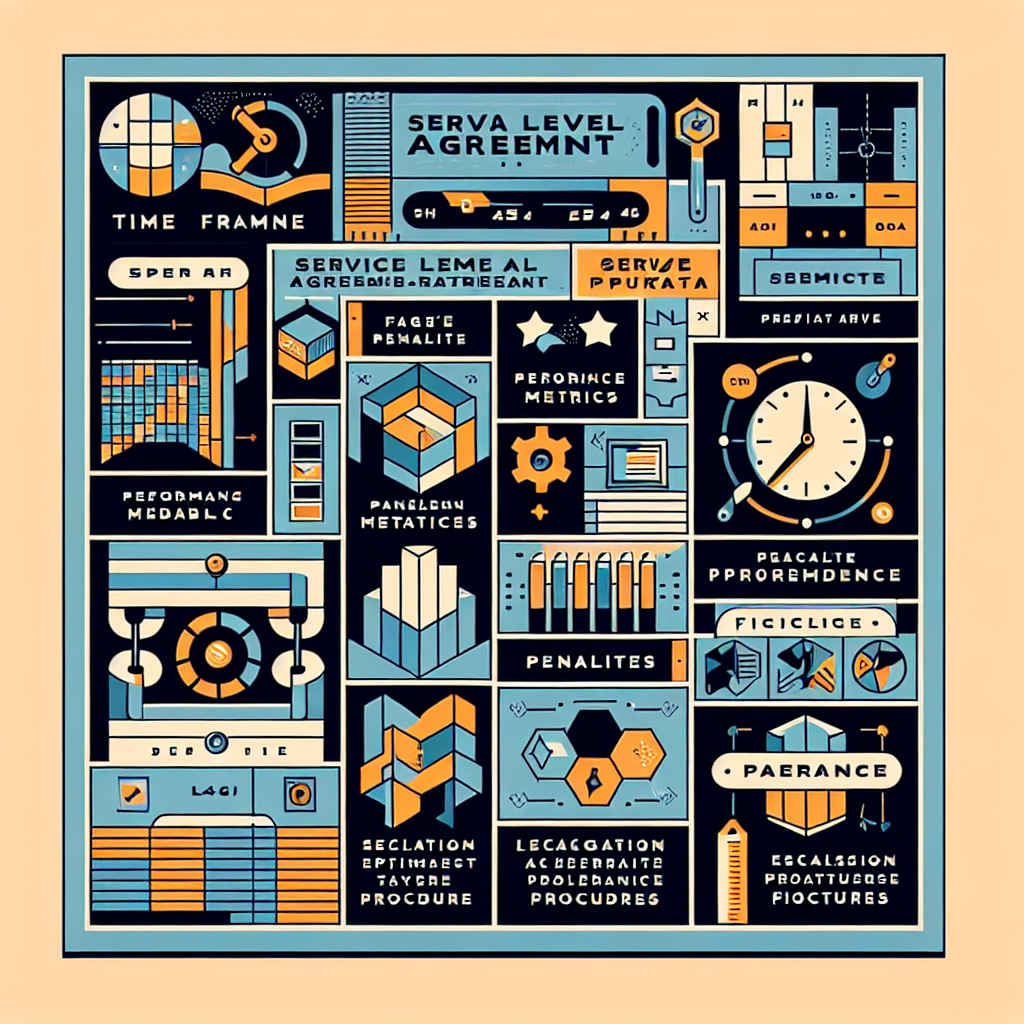In the business world, a Service Level Agreement (SLA) is a crucial document that outlines the expectations and responsibilities between a service provider and a client. It serves as a contract that establishes the standards for the services being provided and ensures that both parties are on the same page.
Key components of an SLA include:
1. Service Description: This section details the specific services that will be provided by the service provider. It outlines the scope of work, including the tasks, responsibilities, and deliverables that are expected.
2. Service Level Objectives: These are the measurable targets that the service provider is expected to meet. This could include response times, uptime percentages, or other performance metrics that are important to the client.
3. Roles and Responsibilities: This section outlines the responsibilities of both the service provider and the client. It clarifies who is responsible for what, and ensures that there is clear communication and accountability between both parties.
4. Performance Monitoring and Reporting: This component outlines how the service provider will monitor and report on their performance. It may include regular reporting schedules, key performance indicators, and methods for tracking progress.
5. Escalation Procedures: In the event that there are issues or disputes, this section outlines the procedures for escalating the matter to higher levels of management. It ensures that there is a clear process for resolving conflicts and addressing any issues that may arise.
These key components are essential for a successful SLA because they establish clear expectations, accountability, and communication between the service provider and the client. Without these components, there is a greater risk of misunderstandings, disputes, and ultimately, a breakdown in the relationship between the two parties.
Overall, a well-written SLA is crucial for ensuring that both parties are on the same page and that the services being provided meet the expectations of the client. By including these key components in the agreement, both parties can have confidence that the services will be delivered in a timely, efficient, and effective manner.


Leave a Reply